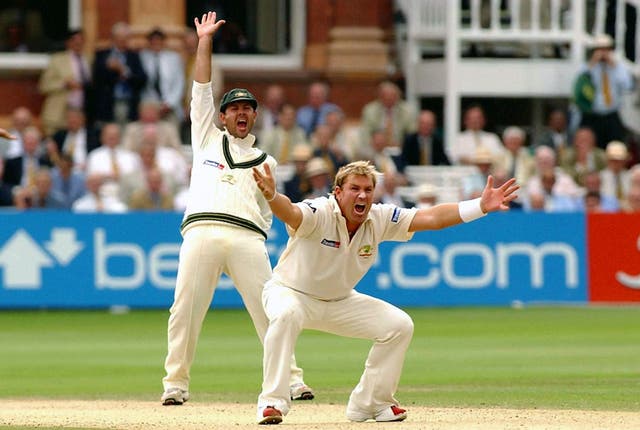
Shane Warne was banned from cricket for one year by the Australian Cricket Board on this day in 2003 after testing positive for a banned substance.
The ACB announced Warne’s 12-month suspension from all cricket 10 days after a failed drugs test forced the leg-spinner to return home from the World Cup in South Africa.
Warne, then 33, had tested positive for the drugs hydrochlorothiazide and amiloride, both diuretics normally used to aid temporary weight loss, which can also serve as masking agents for performance-enhancing drugs.

Warne vehemently denied suggestions of any steroid use and claimed he did not know a tablet he had taken was a diuretic.
“The tablet I took on the January 21 was a fluid tablet, I did not know it
was a diuretic,” Warne said. “I knew it as a fluid tablet.
“It had nothing to do with cricket or trying to mask anything, it had to do
with appearance.”
But the ACB’s three-man anti-doping committee upheld the charge that Warne was using diuretics as a masking agent.

The panel halved the recommended two-year suspension after hearing evidence that Warne could have derived no performance-enhancing
benefit from taking the diuretic.
Warne, who later decided not to appeal against his ban, had already announced before the World Cup that he intended to retire from one-day cricket after the tournament.
He returned to competitive cricket in February 2004 and the following October broke the record for most career wickets in Test cricket against India in Chennai.


Comments: Our rules
We want our comments to be a lively and valuable part of our community - a place where readers can debate and engage with the most important local issues. The ability to comment on our stories is a privilege, not a right, however, and that privilege may be withdrawn if it is abused or misused.
Please report any comments that break our rules.
Read the rules here